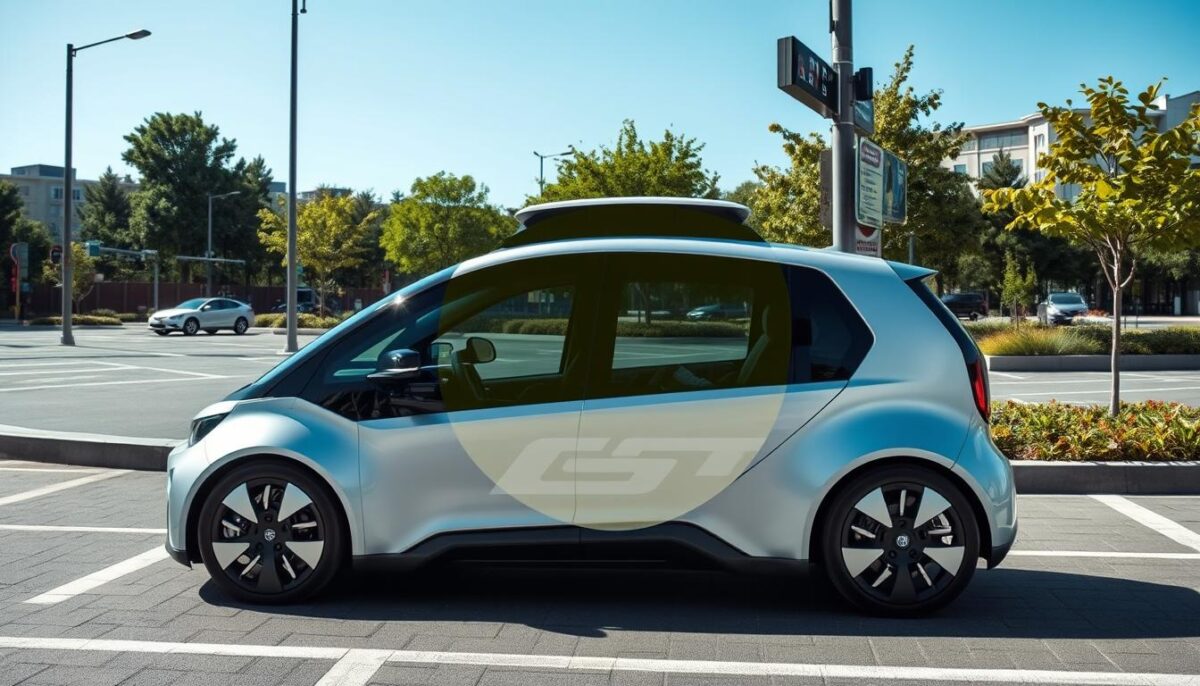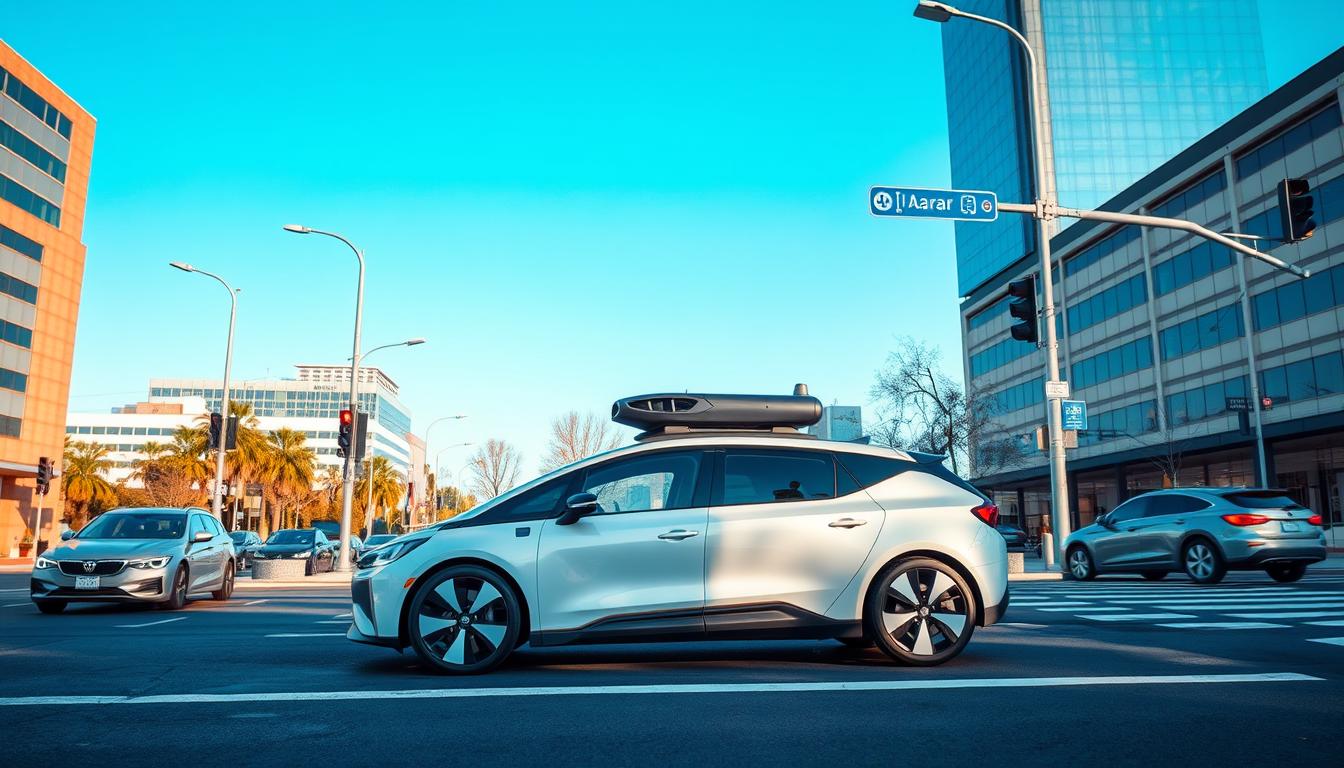Radar technology plays a pivotal role in the transition towards autonomous vehicles, serving as a backbone for the development of self-driving cars. As the automotive industry embraces increasing levels of automation, understanding how automotive radar systems function becomes essential. These systems enhance vehicle safety, optimize navigation, and improve overall performance, making them indispensable in today’s evolving landscape of transportation. In this section, we will explore the fundamental principles of radar technology and its significance in the advancement of autonomous vehicles.
Understanding Radar Technology in Autonomous Vehicles
Radar technology plays a crucial role in modern automotive systems, enhancing vehicle safety and performance. By examining the radar definition, one can see that it utilizes radio waves to detect and analyze objects around a vehicle. Understanding the radar functionality helps illustrate how these systems contribute to advanced driving features such as adaptive cruise control and collision avoidance.
What is Radar and How Does it Work?
At its core, radar is a detection system that works by emitting radio waves and measuring their reflection off objects. This interaction allows the radar to determine the distance, angle, and speed of nearby items. The essential components of radar include transmitters, which send out the radio waves; receivers, which capture the reflected signals; and signal processing units that interpret the data. This technology relies on various radar frequency bands to operate efficiently within automotive environments, ensuring accurate detection even in challenging conditions.
Types of Radar Used in Automotive Applications
There are several automotive radar types employed in vehicles today, each serving distinct purposes. Some of the most notable include:
- Frequency Modulated Continuous Wave (FMCW): This type of radar is particularly effective for measuring the speed and distance of objects, making it ideal for adaptive cruise control systems.
- Millimeter-Wave Radar: Used primarily for short-range applications, this radar type provides high-resolution detection for features like blind-spot monitoring and parking assistance.
- Long-Range Radar: Operating typically in the 76-81 GHz frequency band, this type detects objects at greater distances, aiding in collision warning systems.
The integration of these radar types into vehicles enhances safety measures by enabling timely responses to obstacles and other vehicles, showcasing the significant advancements in automotive safety technology.
| Radar Type | Primary Use | Typical Frequency Band |
|---|---|---|
| FMCW Radar | Adaptive Cruise Control | 76-81 GHz |
| Millimeter-Wave Radar | Blind-Spot Monitoring | 76-81 GHz |
| Long-Range Radar | Collision Warning Systems | 76-81 GHz |
The Role of Radar in the Evolution of Autonomous Vehicles
Radar technology has emerged as a cornerstone of modern vehicle safety, significantly enhancing the performance of autonomous vehicle safety systems. Its key contributions to vehicle safety are numerous, transforming how vehicles perceive their surroundings and respond to potential threats.
Key Contributions of Radar to Vehicle Safety
One of the primary radar contributions to vehicle safety lies in its exceptional ability to detect obstacles, even in challenging weather conditions such as rain or fog. This capability ensures that autonomous vehicles maintain awareness of their environment at all times. Furthermore, real-time tracking is another critical function enabled by radar. This allows vehicles to monitor the speed and distance of other objects on the road, which is vital for safe navigation and collision avoidance.
Statistical data reveals a direct correlation between radar-equipped systems and reduced accident rates. Research indicates that regions with high adoption of these technologies reported a significant decrease in collisions, underlining radar’s role in enhancing overall vehicle safety.
Integrating Radar with Other Sensor Technologies
The integration of radar with other sensor technologies such as LiDAR, cameras, and ultrasonic sensors creates a powerful sensor fusion environment. This comprehensive perception system is essential for the effective functioning of autonomous driving systems. Each sensor plays a unique role, contributing to a multi-faceted understanding of the vehicle’s surroundings.
- Radar: Excellent for obstacle detection and tracking in diverse conditions.
- LiDAR: Provides high-resolution 3D mapping of the environment.
- Cameras: Offer color and object recognition capabilities.
- Ultrasonic Sensors: Useful for close-range detection and parking assistance.
This synergy enhances environmental awareness and decision-making, ensuring a cohesive operation of all autonomous vehicle safety systems.

| Sensor Type | Primary Function | Advantages |
|---|---|---|
| Radar | Obstacle detection and tracking | Operates in various weather conditions; measures speed |
| LiDAR | Mapping and distance measurement | High accuracy and detailed 3D images |
| Cameras | Object identification and traffic sign recognition | Color perception and visual context |
| Ultrasonic Sensors | Close-range detection | Excellent for parking and low-speed maneuvers |
Future Trends in Radar for Autonomous Driving
The future of radar technology in autonomous driving holds immense potential, steering advances that may reshape how vehicles perceive their environment. With the integration of sophisticated AI algorithms, radar systems are expected to improve object classification and scenario understanding significantly. This convergence of technologies will empower vehicles to make quicker and more informed decisions, enhancing overall safety and efficiency.
Miniaturization is another exciting trend in radar advancements. As manufacturers focus on creating compact and cost-effective radar solutions, these systems will become increasingly viable for mass-market vehicles. This shift could lead to widespread adoption, pushing the boundaries of what vehicles can accomplish while ensuring reliability and precision in detecting obstacles and hazards on the road.
Furthermore, the concept of vehicle-to-everything (V2X) communication is gaining traction, positioning radar-equipped vehicles as essential components of connected vehicle ecosystems. Such systems promise to share critical information with other vehicles, infrastructure, and even pedestrians, fostering an environment that prioritizes safety and efficiency. Insights from industry experts emphasize the transformative potential of radar technology in paving the way for smarter, safer autonomous driving experiences in the years to come.




